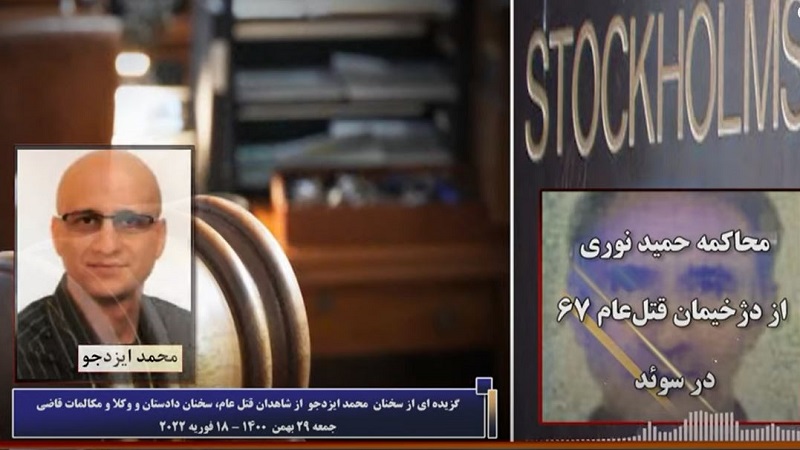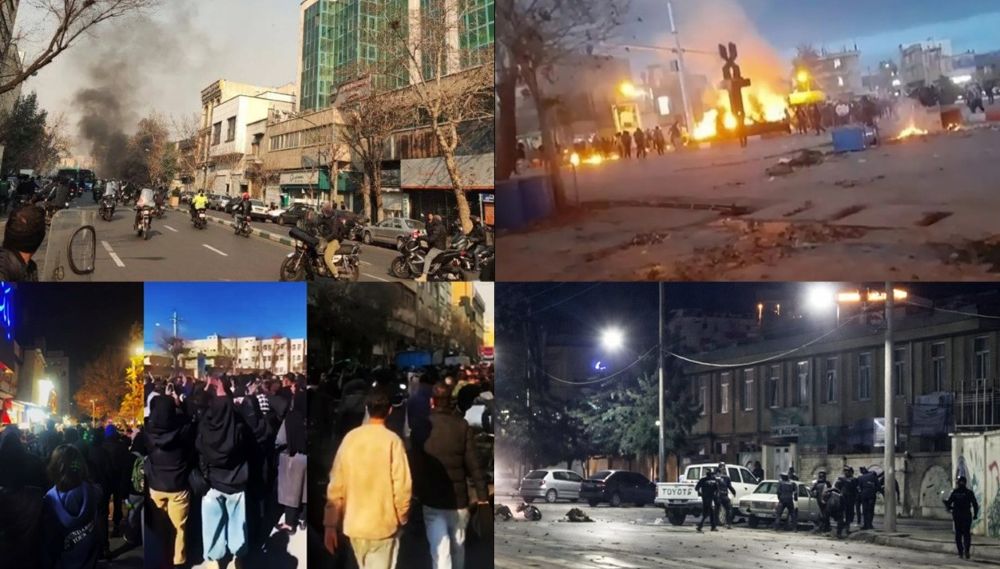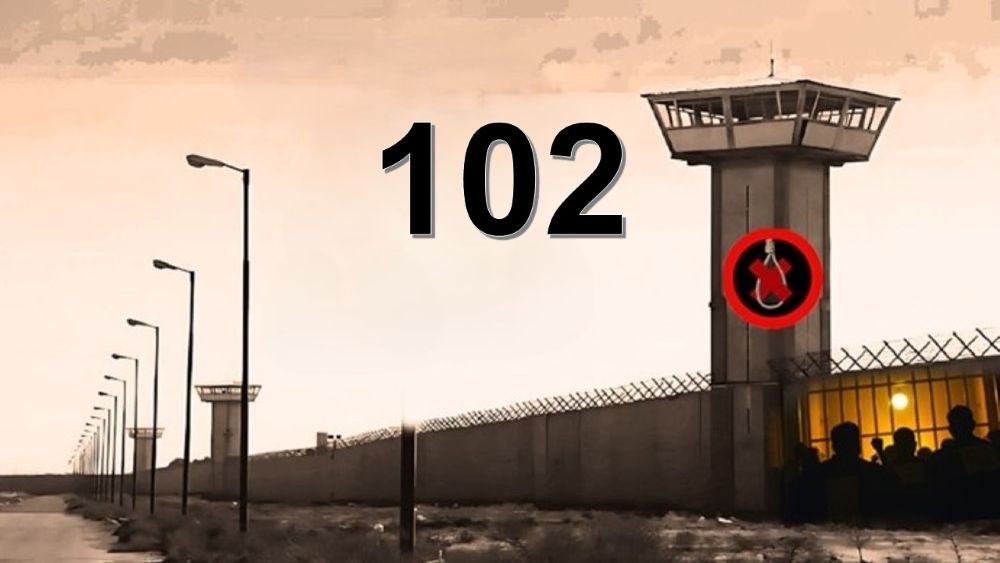
In the ongoing trial of former Iranian prison official Hamid Noury in Sweden, the 67th session was held at the Court of Stockholm on February 18, featuring further testimonies from former political prisoners who witnessed the atrocities committed by Noury at Gohardasht Prison in Iran.
Noury worked as a deputy prosecutor in the 1980s, and was heavily involved in the massacre of over 30,000 political prisoners in the summer of 1988. He is also known for taking part in the torture of prisoners during his tenure at Gohardasht prison.
During the latest session of his trial, former political prisoner Mohammad Izadjou took to the stand to give his testimony of what he had witnessed during his incarceration. He clearly recalled witnessing Noury, and another prison official, Davood Lashkari, escorting prisoners to their deaths.
The National Council of Resistance of Iran (NCRI) said, “The witness was arrested on January 16, 1983, at the age of 19. He was transferred to Ward 209 of the notorious Evin Prison. Once landed at Evin, he was tortured and interrogated. A practice that continued so long that his legs became infected, and they turned black up to his knees.”

In October 1983, Izadjou had already gone through lengthy interrogation sessions, and had been placed in solitary confinement ahead of his sentencing, which later saw him being sentenced to eight years behind bars.
Among the eight charges on his indictment were, ‘collaborating with the People’s Fedayeen Guerrilla Organization of Iran’; ‘calling on the people to revolt against the Islamic Republic of Iran’; and ‘trying to coordinate between the counter-revolutionaries and popular protest movements’.
He spent the next four years being transferred between various prisons, until February 1988 when he was transferred to Gohardasht Prison, alongside a group of prisoners who were taking part in a hunger strike.
Just a few months later, the mass executions began. During his testimony, Izadjou recalled that he came to find out about the executions on August 31 of that year through fellow prisoner, Hamid Nasiri via morse code. Later that day, Nasiri was sent to the gallows and hanged.
The same day, Izadjou was brought before the ‘Death Commission’, a panel of officials who questioned the loyalties of the prisoners before deciding whether to spare their lives or send them to the deaths. During his interrogation, Izadjou refused to answer the questions that had been posed to him, claiming it felt too much of an ‘inquisition’. He was spared from being sent to the gallows, but instead, was flogged 40 times as a punishment.
The NCRI said, “According to the witness, one of the interrogators, Mohammad Moghiseh, had quoted the regime’s leader that ‘apostates and those who wage war against God should not survive’ and that ‘we would beat you so hard that you either become a Muslim or die’.”
Izadjou told the court that during his time at Gohardasht prison, especially at the height of the massacre, he saw Hamid Noury on several occasions escorting prisoners, who had been sentenced to death, to the gallows in the amphitheater of the prison.
He also recalled that he, and a group of prisoners who had also escaped being executed, were stripped naked, whipped and beaten severely by prison guards.
The NCRI said, “Even though they were promised to be released on February 24, 1988, they were asked to participate in a staged rally in front of the UN office in Tehran. As he and 20 other detainees refused to march, they were sent back to Evin Prison. Eventually, on March 13, 1989, the witness was released.”



